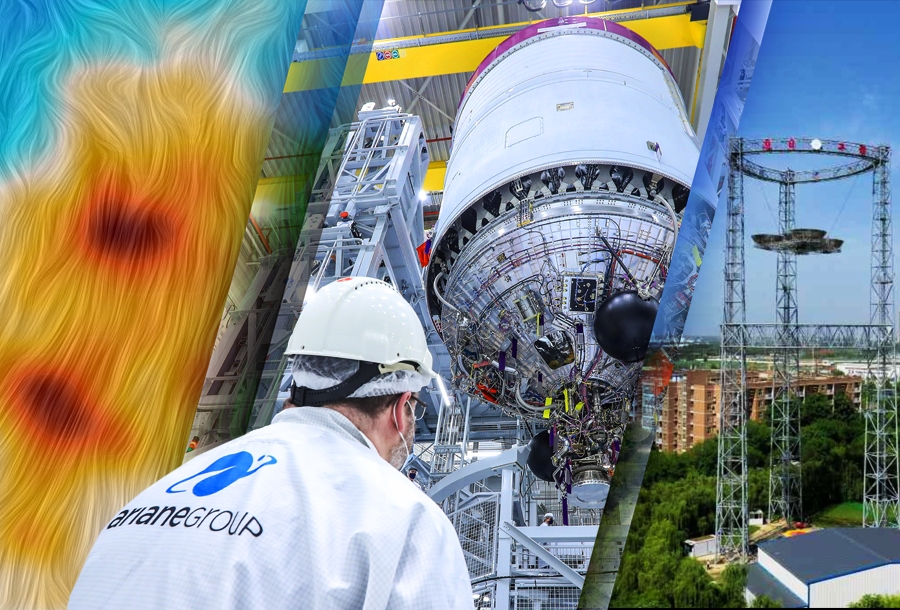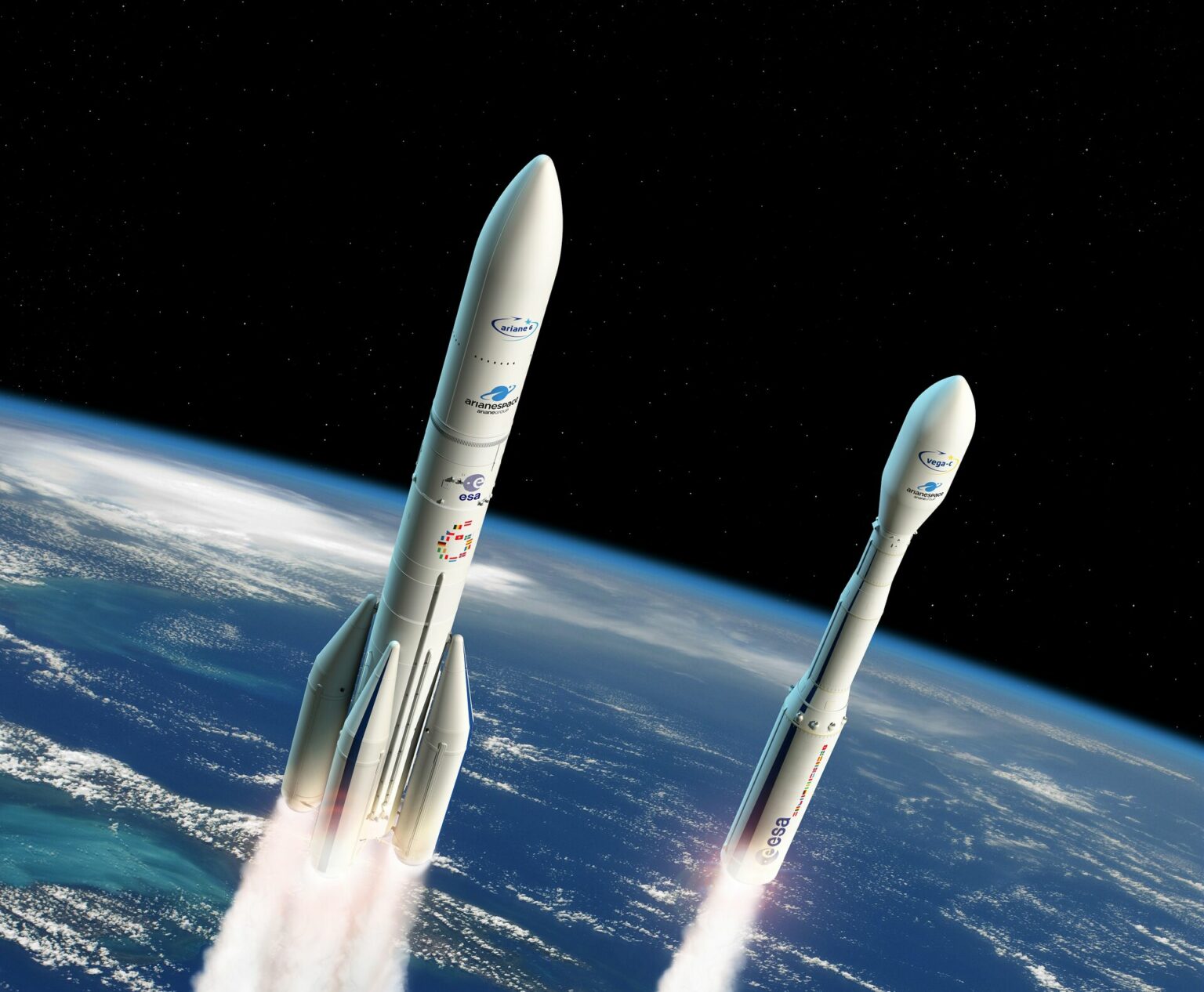Selection of the most interesting space news for breakfast: The Lucy mission will be able to work even if the problem with the solar battery is not completely eliminated. Scientists have not found any signs of life on Venus, and the debut launch of Ariane 6 is postponed to 2023.

European Space Agency, Russia’s Roscosmos hold talks on Mars mission
The European Space Agency (ESA) said on Monday it has held talks with Russia’s Roscosmos space agency over the ExoMars rover mission to search for signs of life on the surface of Mars. The ESA’s press office confirmed the talks in an emailed statement, but gave no indication of the outcome. An update could follow a planned ESA Council meeting on Wednesday, it said.
FAA environmental review to allow Starship orbital launches after changes
A Federal Aviation Administration environmental review has concluded that SpaceX can conduct orbital launches of its Starship vehicle from its Texas test site, but only after completing dozens of mitigations to reduce impacts on the environment and the public.
Market News

Ariane 6 launch debut pushed into 2023
The maiden flight for Ariane 6 that had been slated toward the end of 2022 is now targeting next year, European Space Agency Director General Josef Aschbacher said June 13. He said Ariane 6 is set to fly “some time” in 2023 during a BBC interview without giving a reason for the delay.
Chinese university completes space-based solar power ground test facility
China’s Xidian University has completed what it calls the world’s first full-link and full-system ground test system for space-based solar power.
The 75-meter-high steel structure, located in the south campus of Xidian University in Xi’an, north China, hosts subsystems for testing a space-based solar power (SBSP) concept. It passed an acceptance inspection on June 5, according to a university statement, three years ahead of schedule.
France becomes 20th nation to sign Artemis Accords for moon exploration
France is the most recent signatory to the Artemis Accords, NASA’s international agreement to establish best practices for ongoing cooperation on moon exploration. The signing took place June 7 and adds to a quickly growing list of countries, with Colombia joining the accords just a month ago.
BlueHalo wins USD 11 million Air Force contract for laser communications terminals
BlueHalo won an $11 million contract from the Air Force Research Laboratory to develop a pair of optical laser communications terminals and a ground station that will be used for on-orbit experiments, the company announced June 14. The terminals and ground stations, to be delivered in 2025, will support demonstrations of optical uplinks and downlinks between satellites in geostationary and low Earth orbits. They also will be used to establish space-to-ground links, to demonstrate positioning and timing over optical communication links, and interoperability with multiple optical communications standards.
Okapi: Orbits raises 5.5 million euros in seed funding round
Germany startup Okapi: Orbits raised 5.5 million euros ($5.7 million) in a seed funding round led by Munich Re Ventures with participation from Dolby Family Ventures, Herius Capital and APEX Ventures. Okapi offers space traffic management software designed to help satellite operators reduce maneuvers, save fuel and limit downtime.
Interesting

NASA’s Lucy asteroid spacecraft solar array rescue efforts continuing
Lucy can work as planned, even if the problem with the deployment of the solar array is not completely eliminated.
NASA’s Lucy mission team is continuing efforts to correct the incomplete deployment of one of the spacecraft’s solar arrays as it continues to Jupiter’s Trojan asteroids. But even if the array doesn’t fully deploy, Lucy will be able to fly as planned. Currently, energy is not an issue as the spacecraft is still relatively close to the Sun.
Cosmic ‘dust’ from supernovae hints at how stars are born
New research detected strong polarization from a young supernova remnant. It provided independent and solid evidence that the cosmic dust in the early universe was formed in supernovae. While it’s true that supernovae eject and destroy cosmic dust, infrared observations now suggest that the dust formed at an early stage of a supernova. SOFIA HAWC+ (Stratospheric Observatory for Infrared Astronomy High-Resolution Airborne Wideband Camera Plus) Band D observations of the young supernova remnant (SNR) Cassiopeia A (Cas A) show high polarization at the 5-30% level.
No signs of life on Venus
Researchers from the University of Cambridge used a combination of biochemistry and atmospheric chemistry to test the “life in the clouds” hypothesis, which astronomers have speculated about for decades, and found that life cannot explain the composition of the Venusian atmosphere. Any life form in sufficient abundance is expected to leave chemical fingerprints on a planet’s atmosphere as it consumes food and expels waste. However, the Cambridge researchers found no evidence of these fingerprints on Venus.
Follow us on Twitter to get the most interesting space news in time
https://twitter.com/ust_magazine

